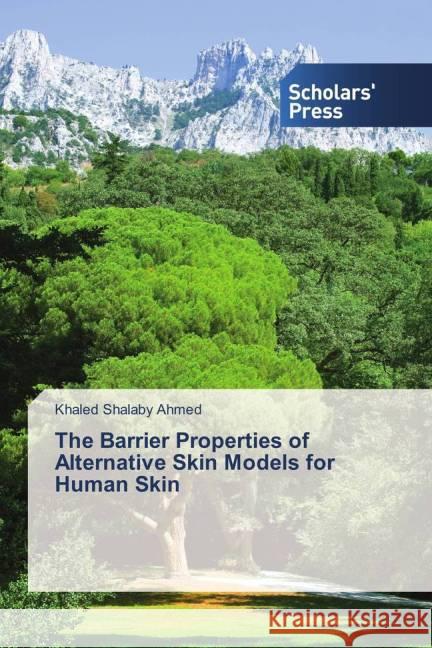topmenu
Wyniki wyszukiwania:
wyszukanych pozycji: 2
 |
The Barrier Properties of Alternative Skin Models for Human Skin
ISBN: 9783639511673 / Angielski / Miękka / 2015 / 168 str. Termin realizacji zamówienia: ok. 10-14 dni roboczych. |
cena:
356,56 |
 |
The Haunted Chair Bilingual English - Arabic: With illustration
ISBN: 9798303301276 / Angielski / Miękka / 2025 / 532 str. Termin realizacji zamówienia: ok. 16-18 dni roboczych. |
cena:
76,21 |










